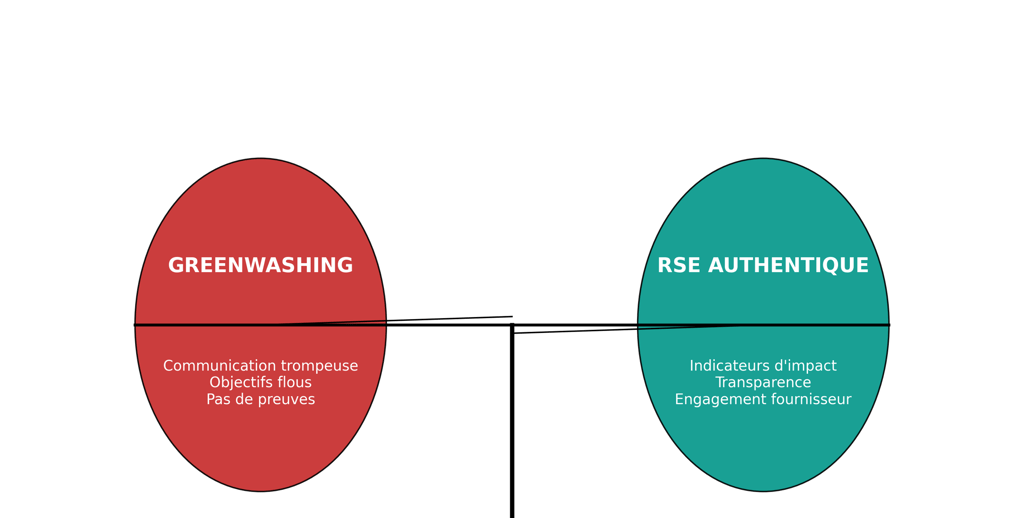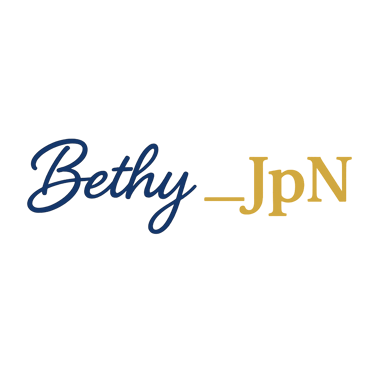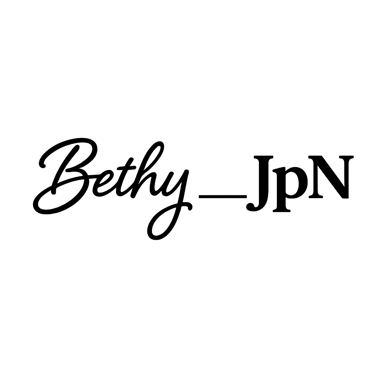Greenwashing in Sustainable Procurement: A Critical Analysis
Learn how to identify and avoid greenwashing in sustainable procurement — and how to build an authentic CSR strategy that truly creates value.
Bethy Jean Philippe N'GUESSAN
8/10/20252 min read


Introduction – When “Responsible” Becomes Just Marketing
A few months ago, a major retail chain proudly announced that 80% of its suppliers were now “responsible.”
Upon closer inspection, it turned out that this internal label had no independent certification and was based solely on a self-assessment questionnaire.
This kind of communication may impress in the short term… but it weakens credibility in the long run.
Greenwashing in sustainable procurement is a strategic, ethical, and commercial risk. Increasingly informed stakeholders are no longer satisfied with slogans — they demand proof.
Understanding Greenwashing in Procurement
Applied to procurement, greenwashing means presenting practices as responsible when they are not — or when their impact is minimal.
Common examples:
Promoting an “eco-designed” product that represents less than 5% of total purchases.
Using unreliable or self-awarded labels.
Highlighting isolated initiatives while ignoring major supply chain issues.
📌 Consequences:
Loss of credibility with customers, investors, and NGOs.
Regulatory risk under new laws against misleading environmental claims.
Internal backlash if employees perceive a gap between messaging and reality.
Warning Signs of Non-Authentic Commitments
No measurable objectives: vague statements like “strengthen our responsible sourcing” without figures or deadlines.
Lack of transparency: no public data on suppliers, working conditions, or environmental impact.
Mismatch between marketing and reality: CSR-heavy messaging but unchanged procurement practices.
Low internal involvement: CSR managed only by the communications team, with no engagement from buyers or operations.
💡 Real-life example: An industrial equipment manufacturer boasted of “local sourcing,” yet 70% of its key components were imported from Asia. “Local” referred only to final assembly.
Building an Authentic Sustainable Procurement Strategy
To avoid the greenwashing trap, companies must move from messaging to proof. This requires:
Setting clear, verifiable goals: e.g., “50% of purchases meeting CSR criteria within 3 years,” with annual audits.
Choosing impact indicators: measurable CO₂ reduction, improved working conditions, rate of sustainable innovation.
Engaging suppliers: co-developing improvement plans, sharing best practices and constraints.
Publishing results: including challenges and areas for improvement, to foster long-term trust.
The Benefits of a Genuine Approach
An authentic sustainable procurement strategy delivers tangible results:
Strengthened trust among customers, investors, and institutions.
Greater resilience through balanced, long-term supplier relationships.
Shared value creation for the company, its partners, and society.
📌 Case Study: A retail company I advised reduced its carbon footprint by 22% in four years, while improving margins through long-term partnerships with committed local suppliers.
Conclusion – Moving from Words to Action
Greenwashing is a risky gamble: in the short term, it may attract attention; in the long term, it destroys reputation and trust.
Credibility in sustainable procurement is built on evidence, not slogans.
If you’d like to assess the authenticity of your CSR approach and identify concrete levers to strengthen your sustainable procurement, I offer a tailor-made ethical audit.
Expertise
Strategic Procurement & Supply Chain Consulting:
Contact Me
jeanphilippe.bethy@gmail.com
+33 07 69 05 74 82
© 2025. All rights reserved.
Subscribe to Our Newsletter
Cost Optimization
Performance Management
Change Management
Synergies between Procurement, CSR & Digitalization
books
Photography
My World


